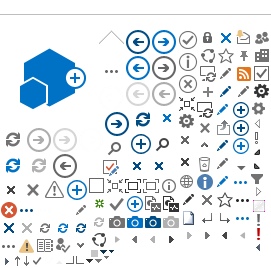Condition Basics
What is a bowel obstruction?
A bowel obstruction happens when either your small or large intestine is partly or completely blocked. The blockage prevents food, fluids, and gas from moving through the intestines in the normal way. The blockage may cause severe pain that comes and goes.
What causes it?
Tumours, scar tissue from past surgeries (adhesions), or twisting or narrowing of the intestines can cause a bowel obstruction. These are called mechanical obstructions.
In the small intestine, scar tissue is most often the cause. Other causes include hernias and Crohn's disease, which can twist or narrow the intestine. Or a tumour can block the intestine. A blockage also can happen if one part of the intestine folds like a telescope into another part. This is called intussusception.
In the large intestine, cancer is most often the cause. Other causes are severe constipation from a hard mass of stool and narrowing of the intestine caused by diverticulitis or inflammatory bowel disease.
What are the symptoms?
Symptoms of a bowel obstruction include cramping and belly pain that comes and goes. You may have nausea, vomiting, and bloating. If the intestine is completely blocked, you may have constipation with a lack of gas. Or, if the intestine is partly blocked, you may have diarrhea.
How is it diagnosed?
Your doctor will ask you questions about your symptoms, other digestive problems you've had, and any surgeries or procedures you've had in that area. The doctor will check your belly for tenderness and bloating.
Your doctor may do:
- An abdominal X-ray, which can find blockages in the small and large intestines.
- A CT scan of the belly, which helps your doctor see whether the blockage is partial or complete.
How is a bowel obstruction treated?
Most bowel obstructions are treated in the hospital.
In the hospital, your doctor will give you medicine and fluids through a vein (I.V.). To help you stay comfortable, your doctor may place a nasogastric (NG) tube through your nose and down into your stomach. The tube is connected to low suction that removes fluids and gas and helps relieve pain and pressure. You will not be given anything to eat or drink.
Most bowel obstructions are partial blockages that get better on their own. The NG tube may help the bowel become unblocked when fluids and gas are removed. Some people may need more treatment, such as using suppositories or enemas, to help with bowel movements.
Surgery is almost always needed when the intestine is completely blocked or when the blood supply is cut off. You may need a colostomy or an ileostomy after surgery. The diseased part of the intestine is removed, and the remaining part is sewn to an opening in the skin. Stool passes out of the body through the opening and collects in a disposable ostomy bag. In some cases, the colostomy or ileostomy is temporary until you have recovered. When you are better, the ends of the intestine are reattached and the ostomy is repaired.
If your blockage was caused by another health problem, such as diverticulitis, the blockage may come back if you don't treat that health problem.
